Choosing the right kitchen cabinet material is like selecting the perfect outfit – it should match your style and needs. Its also impacting the our all kitchen remodel or design project. The choice of cabinet material not only influences the aesthetic appeal of the kitchen but also impacts its durability and functionality. Here are types of kitchen cabinets material that must be consider before finalizing kitchen design and budget.
Wood-As Kitchen Cabinets material
Solid Wood: Solid wood cabinets are a timeless choice. They can be made from various wood species like oak, maple, cherry, or birch. They offer a classic, warm look, and their natural grains add character to the kitchen. However, solid wood can be more expensive and may expand or contract with humidity changes.
Plywood: Plywood cabinets are constructed from layers of wood veneers. They are known for their durability, resistance to warping, and strength. Plywood cabinets are commonly used for the cabinet box and are often paired with solid wood for the cabinet doors.
Pros of Wood Cabinets:
- Timeless Aesthetics: Wood cabinets have a classic, warm, and timeless appearance. They add natural beauty and character to a kitchen.
- Durability: High-quality wood cabinets are durable and can withstand years of use. They are less likely to dent or chip compared to other materials.
- Versatility: Wood can be stained or painted in a wide range of colors and finishes, allowing for customization to suit various kitchen styles.
Cons of Wood Cabinets:
- Cost: Wood cabinets are often more expensive than cabinets made from other materials like MDF or laminate. The price can vary depending on the type of wood chosen.
- Susceptible to Humidity: Wood can expand and contract with changes in humidity, potentially leading to warping or cracking in high-moisture environments.
- Maintenance: Wood cabinets may require more maintenance, such as occasional resealing or refinishing to keep them looking their best. They are also vulnerable to scratches and dents, although these can be minimized with proper care.
When considering wood cabinets, it’s essential to balance the beautiful aesthetics and durability with the associated costs and maintenance requirements to ensure they align with your kitchen design and lifestyle.
MDF (Medium-Density Fiberboard)
Medium-Density Fiberboard (MDF) is a type of engineered wood product made from wood fibers, wax, and resin that are compressed under high pressure to create a dense, stable board. Here are the pros and cons of using MDF for various applications, including kitchen cabinets:
Pros of MDF:
- Affordability: MDF is generally more budget-friendly than solid wood, making it an excellent choice for cost-conscious projects.
- Smooth Surface: MDF has a smooth and consistent surface that’s ideal for painting or applying veneers, resulting in a sleek, finished look.
- Stability: MDF is less prone to warping or cracking compared to solid wood, making it a reliable choice for cabinet boxes and shelving.
Cons of MDF:
- Susceptible to Moisture: MDF is highly absorbent and can swell or disintegrate when exposed to moisture, so it’s not recommended for use in wet or high-humidity areas without proper sealing.
- Weight: MDF is denser and heavier than some other cabinet materials, which can be a consideration when it comes to installation.
- Limited Natural Aesthetics: MDF lacks the natural grain and character of solid wood, which some homeowners prefer for the warm and traditional look of wood cabinets.
In summary, MDF is an affordable and versatile material that is often used in kitchen cabinet construction, especially for the cabinet boxes. It’s an excellent choice for achieving a smooth and uniform finish, but it should be used with caution in areas where moisture is a concern.
Particleboard:
Particleboard is a type of engineered wood product commonly used in furniture and cabinet construction. It is made from wood particles or chips that are bonded together using adhesive, often a type of resin, and then compressed into a dense sheet. Here are the pros and cons of using particleboard for various applications, including kitchen cabinets:
Pros of Particleboard:
- Affordability: Particleboard is one of the most budget-friendly options for cabinet construction, making it an attractive choice for cost-conscious projects.
- Smooth Surface: Like MDF, particleboard has a smooth and even surface that’s well-suited for laminating, veneering, or painting.
- Uniformity: Particleboard is consistent in terms of density and strength, which can make it easier to work with during manufacturing.
Cons of Particleboard:
- Moisture Susceptibility: Particleboard is highly susceptible to moisture damage. It can swell, warp, or even disintegrate when exposed to water or high humidity, which makes it a poor choice for areas prone to moisture, such as kitchens and bathrooms.
- Durability: Particleboard is less durable and can be more prone to chipping and damage compared to other cabinet materials like plywood or solid wood.
- Limited Aesthetic Appeal: Particleboard lacks the natural beauty and grain patterns found in solid wood, which may not be suitable for those seeking a traditional or high-end look for their kitchen cabinets.
In summary, particleboard is a cost-effective material often used in low-budget cabinet construction. However, its vulnerability to moisture and potential for durability issues make it important to consider the specific needs of your kitchen or the intended use of the cabinets before choosing particleboard as a cabinet material.
Thermofoil:
Thermofoil is a type of cabinet material used in kitchen and bathroom cabinets. It is made by fusing a layer of vinyl film onto a medium-density fiberboard (MDF) or particleboard substrate using heat and pressure. Thermofoil cabinets have distinct characteristics, which come with their own set of pros and cons:
Pros of Thermofoil Cabinets:
- Moisture Resistance: Thermofoil cabinets are highly resistant to moisture and are less likely to warp or deteriorate when exposed to high humidity. This makes them suitable for use in kitchens and bathrooms.
- Smooth and Easy-to-Clean Surface: Thermofoil cabinets have a smooth, non-porous surface that is easy to clean, making them low-maintenance and ideal for busy households.
- Variety of Colors and Styles: Thermofoil cabinets come in a wide range of colors and styles, allowing for customization to suit different design preferences.
- Affordability: Thermofoil cabinets are generally more budget-friendly than solid wood or custom cabinetry, making them an attractive option for cost-conscious consumers.
Cons of Thermofoil Cabinets:
- Durability: While resistant to moisture, Thermofoil cabinets are not as durable as solid wood or plywood. They may be more prone to chipping and damage from impact.
- Heat Sensitivity: Thermofoil can be sensitive to heat. Exposure to high temperatures, such as from a stove or oven, can cause the material to delaminate or peel.
- Limited Repair Options: Unlike wood, Thermofoil cannot be easily repaired if it gets damaged. Once it starts to peel or chip, it may be challenging to fix.
In summary, Thermofoil cabinets are a practical choice for environments with high humidity, and they offer a variety of design options at an affordable price. However, their durability and resistance to heat are areas of consideration, and they may not be suitable for all kitchen styles or requirements.
Metal:

Metal cabinets, often made from stainless steel, are a unique and modern choice for kitchen cabinets. Here are the pros and cons of using metal cabinets in your kitchen:
Pros of Metal Cabinets:
- Durability: Metal cabinets are incredibly durable and resistant to wear and tear. They can withstand heavy use and are less likely to chip, crack, or warp compared to other materials.
- Moisture Resistance: Metal cabinets are impervious to moisture, making them an excellent choice for kitchens with high humidity or in coastal areas where salt air can be corrosive.
- Easy to Clean: Metal cabinets have a smooth surface that is easy to clean and maintain. They are resistant to stains and can be wiped down quickly, making them a hygienic option for kitchens.
- Modern Aesthetic: Metal cabinets provide a sleek and contemporary look, and they are often associated with an industrial or minimalist design style. They can add a unique and stylish element to your kitchen.
Cons of Metal Cabinets:
- Cost: Metal cabinets, particularly stainless steel, tend to be more expensive than some other materials, such as wood or laminate. The cost can be a significant factor for budget-conscious homeowners.
- Appearance: While the modern, industrial appearance of metal cabinets is a pro for some, it may not be to everyone’s taste. The reflective surface of stainless steel can show fingerprints and smudges easily.
- Noise: Metal cabinets can be noisy when opening and closing doors and drawers, which can be bothersome in a quiet kitchen.
- Limited Insulation: Metal is a poor insulator, so metal cabinets may not provide the same level of thermal insulation as wood cabinets. In extremely cold or hot environments, this can be a drawback.
Metal cabinets are a durable and visually striking choice for modern kitchen designs. Their high resistance to moisture and easy maintenance make them practical for many households. However, their cost, noise, and thermal properties should be taken into account when considering them for your kitchen.
Glass:
Glass cabinets are a stylish and contemporary choice for kitchen design. Here are the pros and cons of using glass cabinets in your kitchen:
Pros of Glass Cabinets:
- Visual Appeal: Glass cabinets provide an open and airy look, making your kitchen feel more spacious and allowing you to showcase your dishes, glassware, or decorative items.
- Customization: Glass cabinets offer a variety of design options, including different types of glass (clear, frosted, textured), frame styles, and hardware, allowing you to customize the look to match your kitchen’s style.
- Showcasing Collections: Glass cabinets are perfect for displaying collectibles, fine china, or decorative pieces, adding a decorative element to your kitchen.
- Light Reflection: Glass cabinets can reflect light, which can brighten your kitchen and make it feel more inviting.
Cons of Glass Cabinets:
- Maintenance: Glass cabinets can accumulate fingerprints, smudges, and dust, which can require frequent cleaning to maintain their visual appeal.
- Limited Storage: Glass cabinets may have less concealed storage compared to solid cabinets, which can be a drawback if you have many items to store and prefer a clutter-free look.
- Privacy: Glass cabinets do not offer the same level of privacy as solid cabinets, which means the contents of your cabinets are visible to anyone in the kitchen.
- Careful Organization: Because the contents are visible, you’ll need to keep your glass cabinets organized and aesthetically pleasing, which can be more challenging for some homeowners.
Glass cabinets can add a touch of elegance and sophistication to your kitchen. They are great for displaying beautiful items but may require more maintenance in terms of cleaning and organization. Consider your storage needs and preferences for visibility when deciding whether glass cabinets are the right choice for your kitchen.
Bamboo:
Bamboo is an eco-friendly and unique material choice for kitchen cabinets. Here are the pros and cons of using bamboo cabinets in your kitchen:
Pros of Bamboo Cabinets:
- Sustainability: Bamboo is a highly renewable resource, as it grows much faster than traditional hardwoods. Using bamboo for your cabinets can have a lower environmental impact.
- Durability: Bamboo is known for its strength and durability, making it a resilient choice for kitchen cabinets that can withstand daily wear and tear.
- Aesthetic Appeal: Bamboo has a distinctive and attractive grain pattern that gives a natural and organic look to your kitchen. It can complement a variety of design styles, from modern to rustic.
- Moisture Resistance: Bamboo has natural moisture-resistant properties, making it suitable for kitchens where humidity can be a concern.
Cons of Bamboo Cabinets:
- Cost: While bamboo is considered sustainable, it can be more expensive than some other cabinet materials, such as standard hardwoods or MDF.
- Limited Finishing Options: Bamboo cabinets are often available in limited color and finish options, which may not offer the same level of customization as some other materials.
- Scratch Vulnerability: Bamboo cabinets can be susceptible to scratches, especially if a lower-quality finish is used. Proper care and maintenance are essential to preserve their appearance.
- Color Change: Over time, bamboo can change color, darkening or yellowing, which may affect the appearance of your cabinets.
In conclusion, bamboo cabinets are a sustainable and visually appealing choice for environmentally-conscious homeowners. They are durable and moisture-resistant, making them suitable for kitchens. However, their cost and the potential for color changes over time should be taken into account when considering bamboo cabinets for your kitchen.
FAQs
- What is the most durable material for kitchen cabinets?
- Solid wood is known for its durability and longevity. Other options like metal and bamboo are also durable choices.
- Are MDF cabinets good for a kitchen?
- MDF cabinets are suitable for kitchens, particularly for cabinet boxes. They offer affordability and a smooth finish but should be used with caution in high-moisture areas.
- Can I paint Thermofoil cabinets?
- It can be challenging to paint Thermofoil cabinets because the paint may not adhere well to the smooth surface. Consult a professional for the best approach.
- Are glass cabinets practical for storing kitchen items?
- Glass cabinets are ideal for showcasing decorative items or dishes, but they may not offer as much concealed storage as solid cabinets. Consider your storage needs.
- What is the most environmentally friendly cabinet material?
- Bamboo is considered one of the most environmentally friendly materials due to its fast growth and renewability. It’s a sustainable option for eco-conscious homeowners.
- Do metal cabinets rust in the kitchen?
- Stainless steel cabinets, a common choice for metal cabinets, are resistant to rust and corrosion, making them suitable for kitchen use.
- Can I refinish or repair damaged bamboo cabinets?
- Bamboo cabinets can be refinished or repaired, but it may be challenging. Consult a professional to ensure the best results.
- How do I clean and maintain glass cabinets?
- Use a glass cleaner to clean the glass surfaces. Wipe the interior shelves and items regularly to prevent dust and smudges from accumulating.
- What’s the average lifespan of kitchen cabinets?
- The lifespan of kitchen cabinets can vary based on material and usage. Solid wood cabinets can last several decades, while other materials may have a shorter lifespan.
- Are custom cabinets worth the investment?
- Custom cabinets offer the advantage of being tailored to your kitchen’s specific needs and style. If budget allows and you want a unique design, custom cabinets can be worth the investment.


MONK.
A new collection
Learn More →
MONK.
A new collection
Learn More →
MONK.
A new collection
Learn More →
MONK.
A new collection
Learn More →

MONK.
A new collection
Learn More →

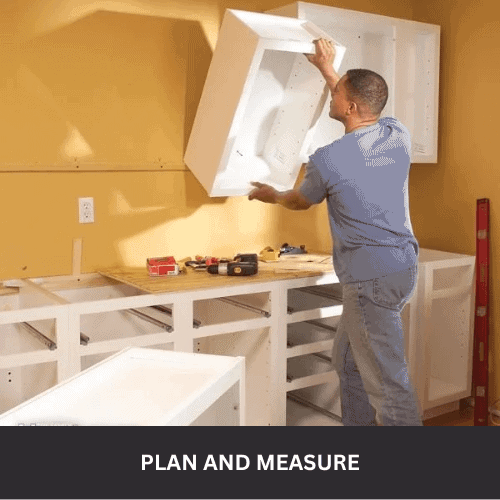
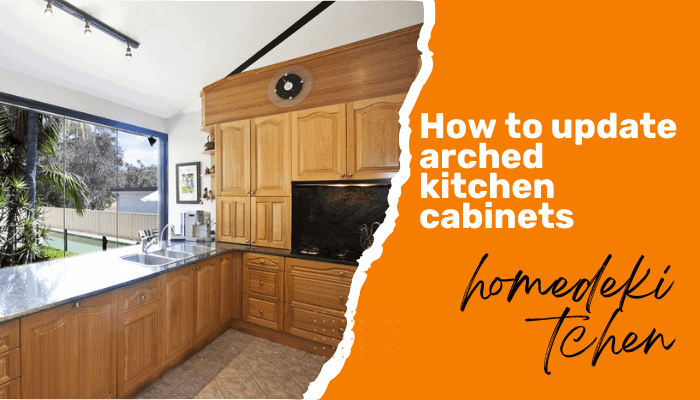
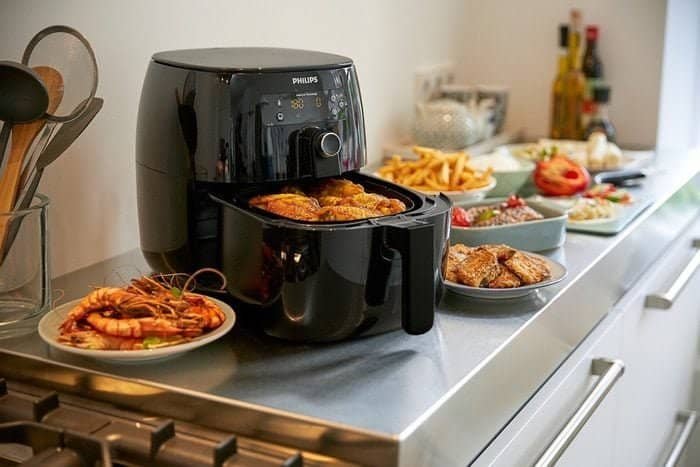
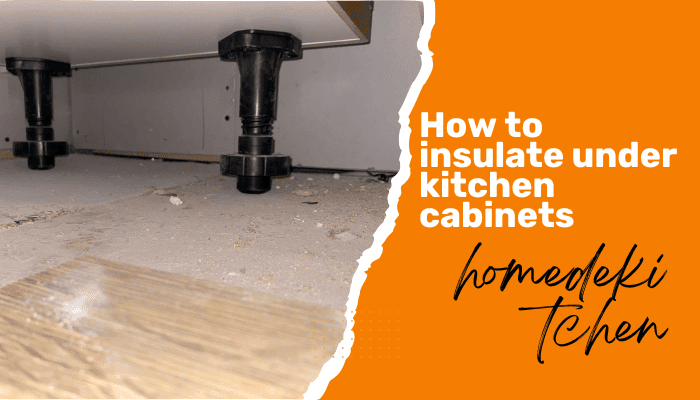
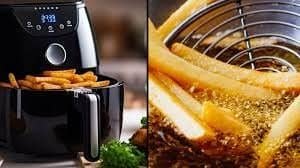
One Comment